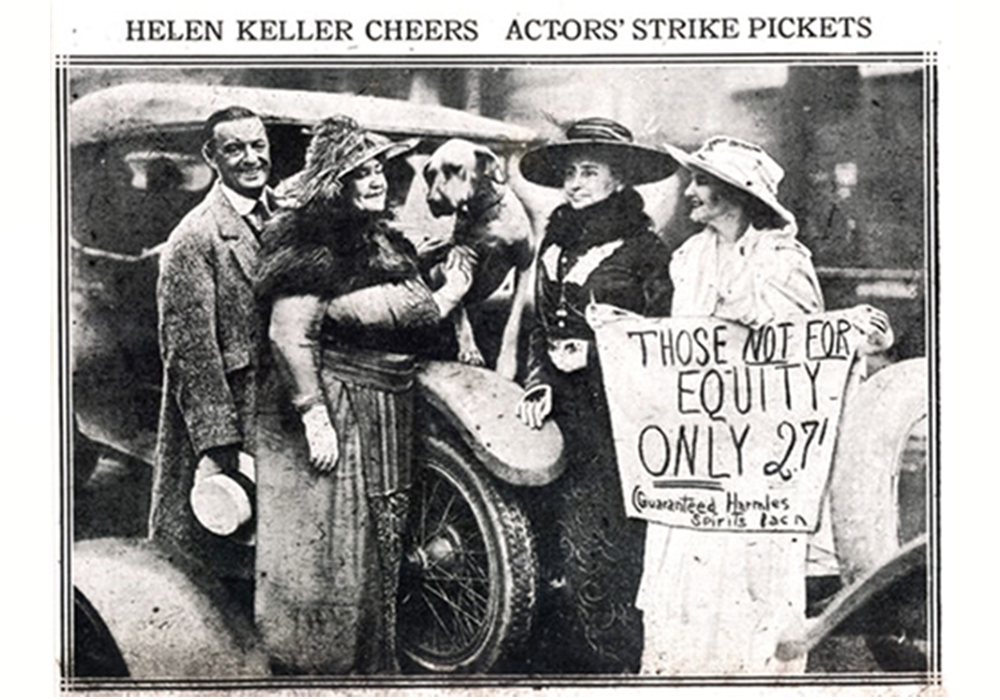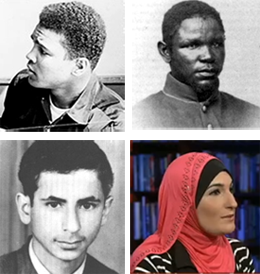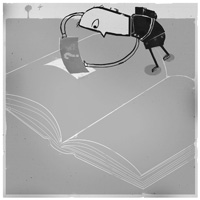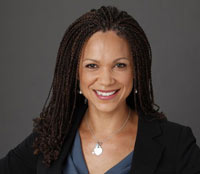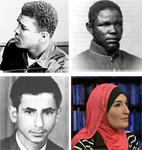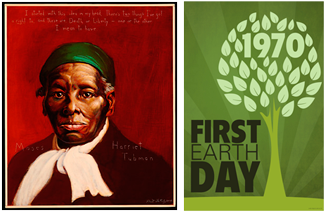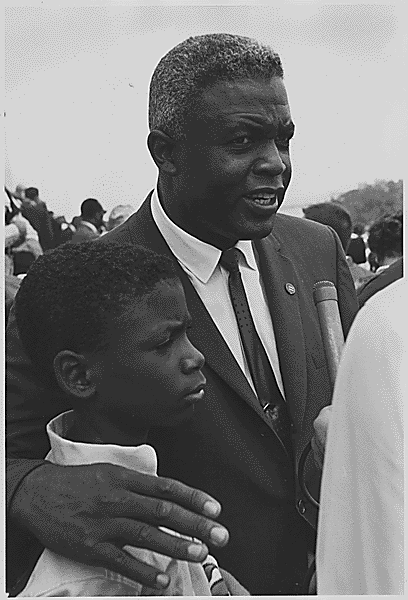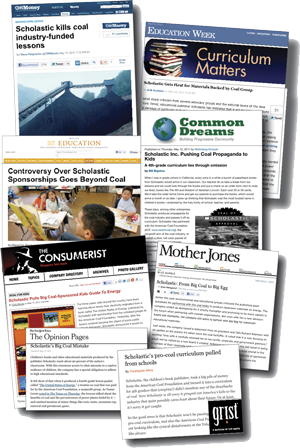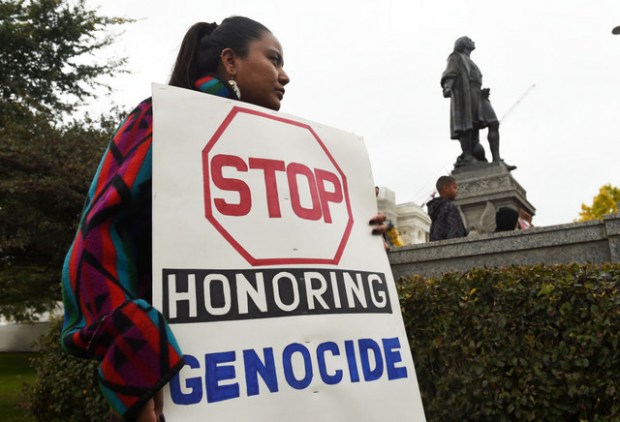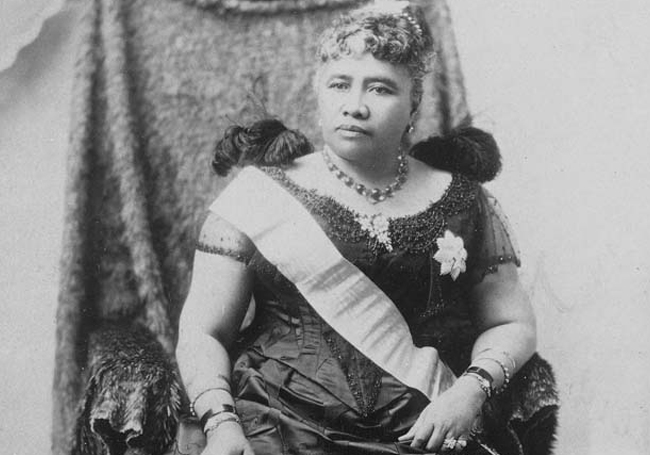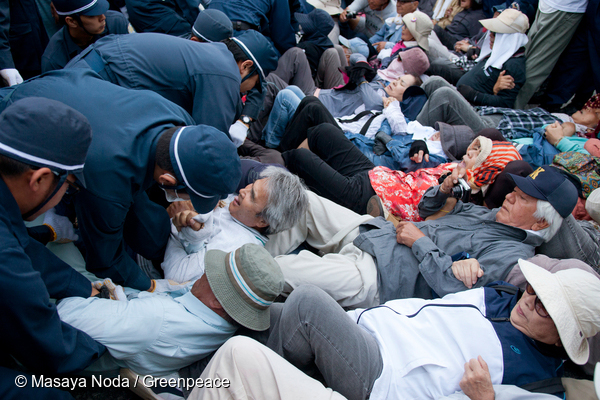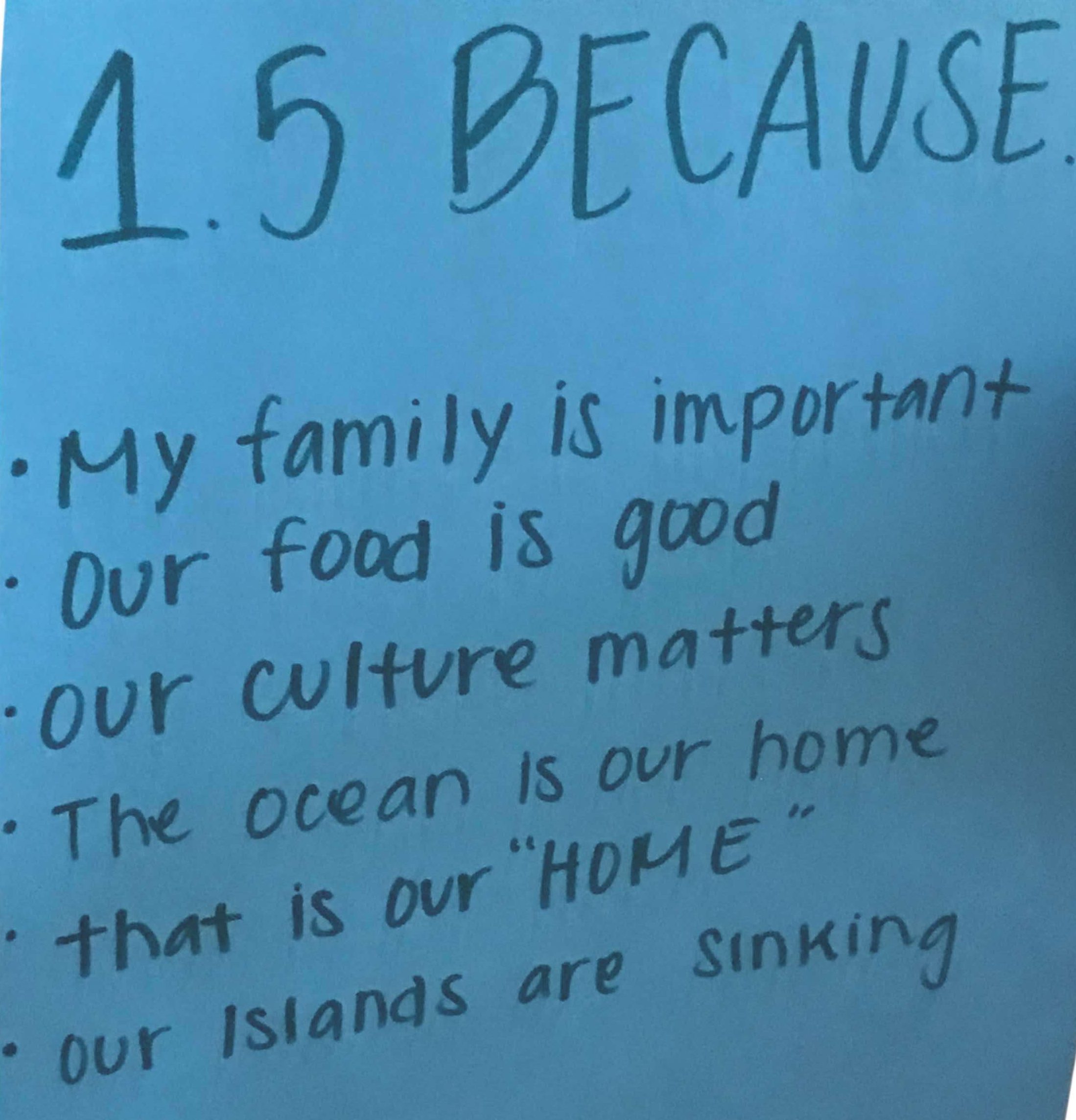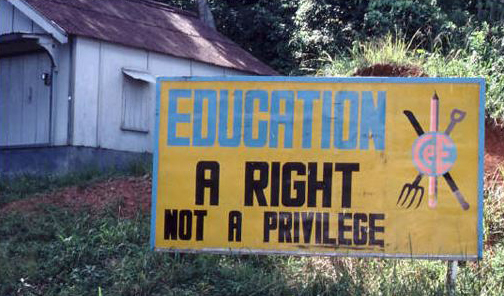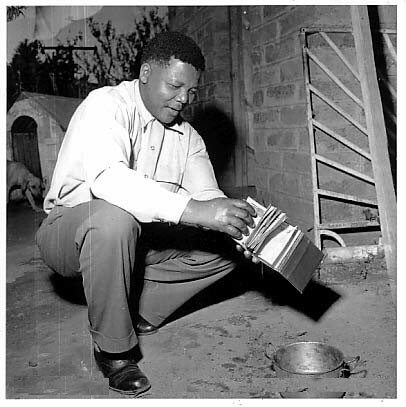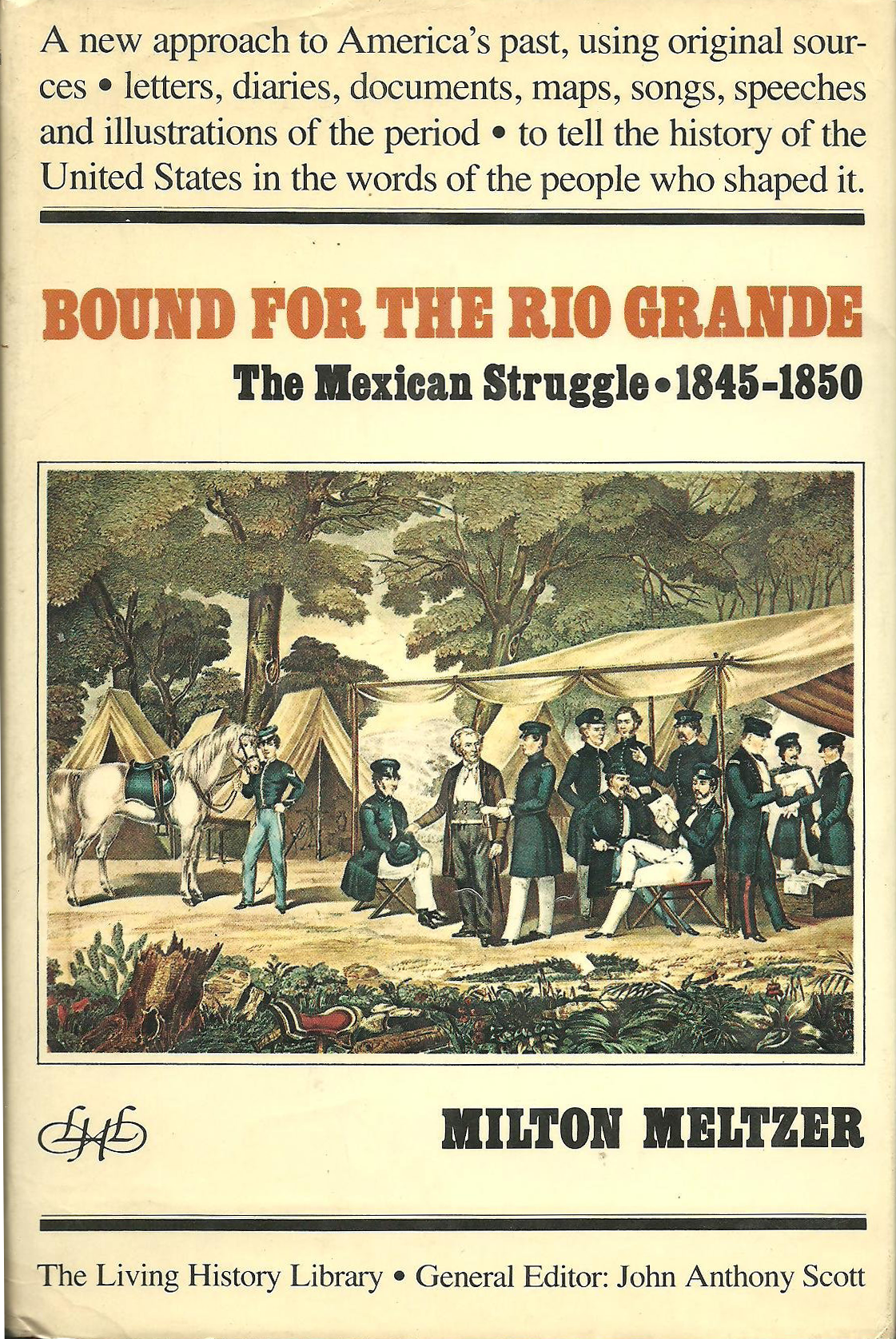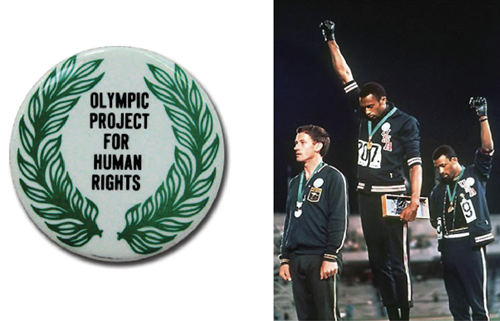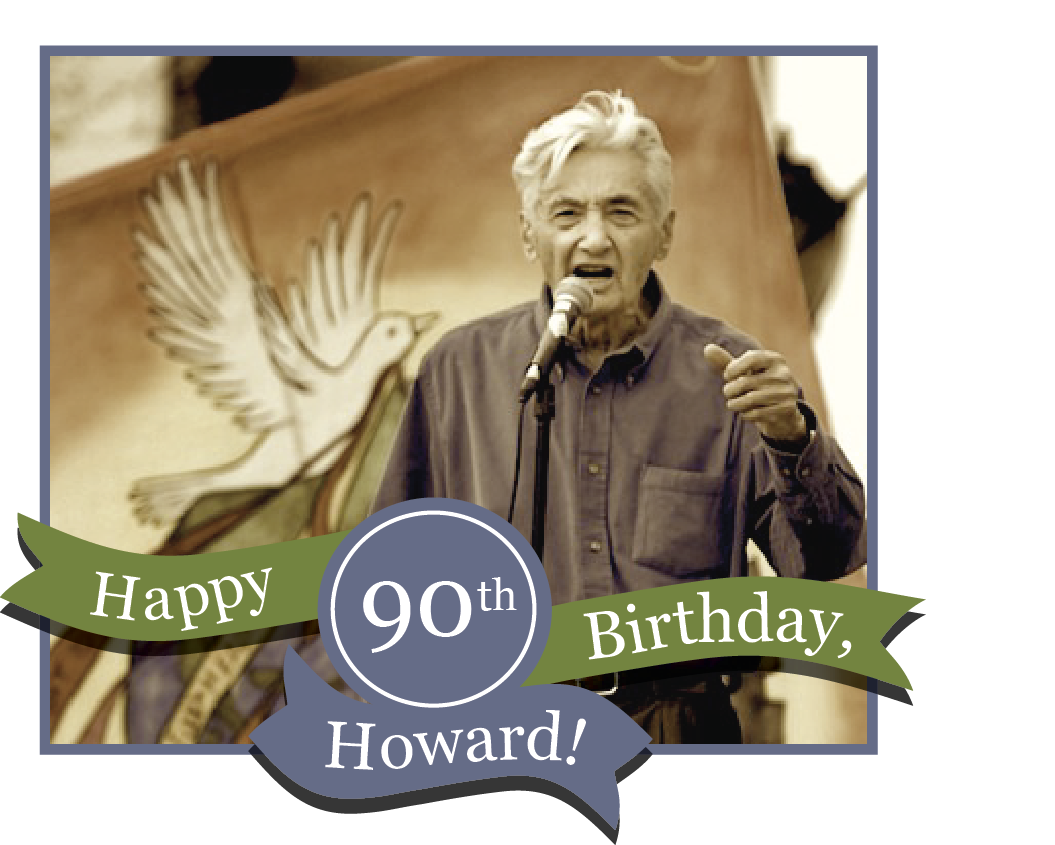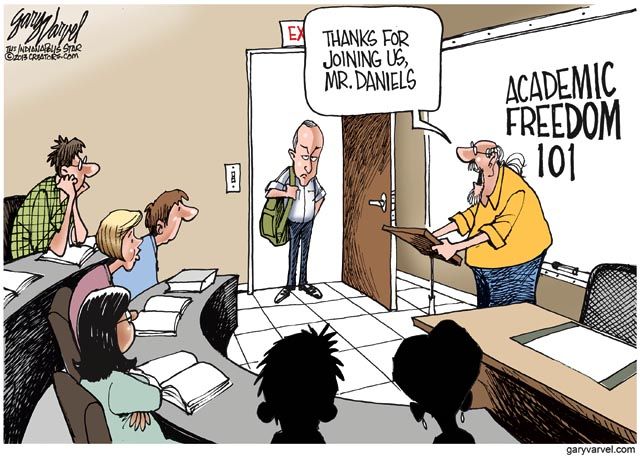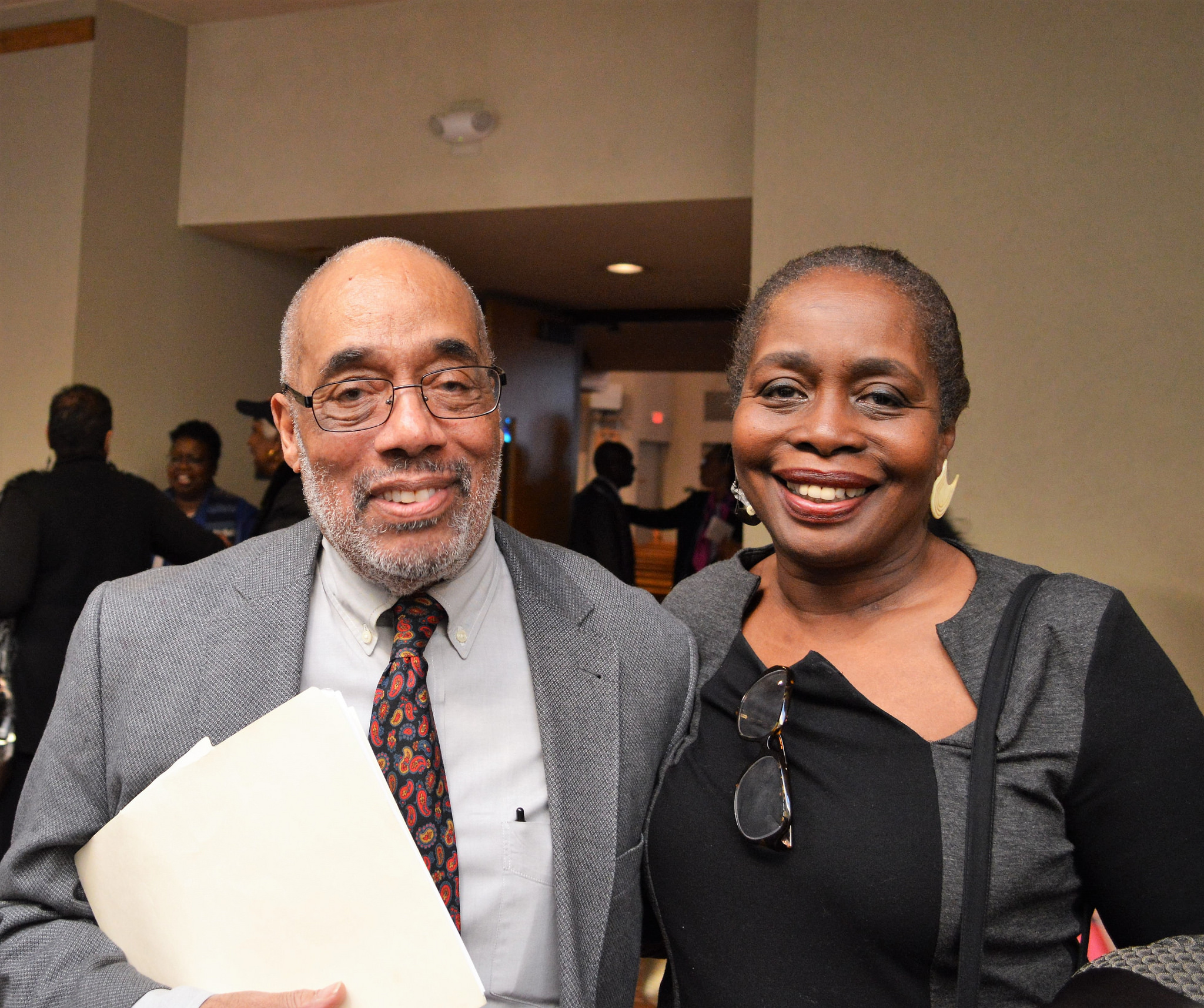Article. By Jerry Lembcke. 2013.
Reflections on the pros and cons of student oral histories with Vietnam War veterans.
Continue reading
Article. By Chloë Myers and Hank Bersani Jr. Rethinking Schools, Winter 2008/09.
A guide for analyzing children's books for prejudice by able-bodied and able-minded people toward people with disabilities.
Continue reading
Article. By Alison Kysia. 2014. If We Knew Our History Series.
Although the dominant media—including our schools’ curriculum—perpetuate stereotypes, history shows Muslims in the Americas have fought for social justice since the 15th century.
Continue reading
Article. By Dave Zirin. 2013.
Dave Zirin describes how 42 limits the story to a tale of “individual triumph through singular greatness,” ignoring the social movements and broader context of the time.
Continue reading
Article. By James Baldwin. October 16, 1963.
Baldwin addresses the challenges of education to prepare children to grapple with the myths and realities of U.S. history.
Continue reading
Resource list. Overview with links to articles, books, primers, films, and websites about the Attica Prison Uprising for the classroom.
Continue reading
Article. By Moé Yonamine. Rethinking Schools, Summer, 2019.
A high school ethnic studies teacher describes how students in the Pacific Island Club used poetry to refocus the narrative surrounding climate justice onto frontline communities.
Continue reading
Article. By Chloë Myers-Hughes and Hank Bersani Jr. Winter 2009-10.
The authors of “10 Quick Ways to Analyze Children’s Books for Ableism” look at what Caldecott winners tell young children about disability.
Continue reading
Article. Bob Herbert. Jacobin Magazine. 2013.
A critique of the "feel good" and "sentimental stick figure" mis-representations of Nelson Mandela and Dr. King in mass media.
Continue reading
Background Reading (PDF) and Song. Reading by Milton Meltzer and song by David Rovics. 1974. 4 pages and 5 minutes.
The story of the San Patricio Battalion, Irish-American soldiers who deserted the U.S. Army during the U.S.-Mexican War and fought on the side of the Mexicans.
Continue reading
Article. By Charles E. Cobb. 2017.
Charles E. Cobb Jr. discusses the Civil Rights Movement and its lessons, and how they apply to current movements.
Continue reading

